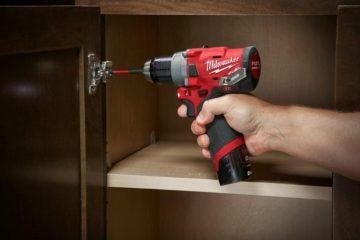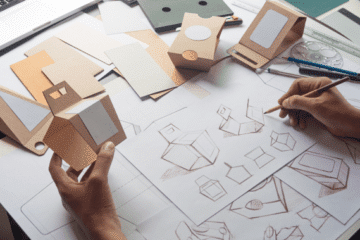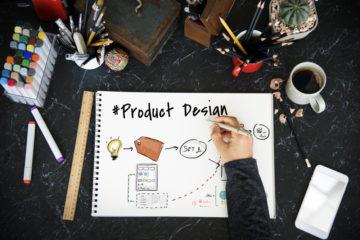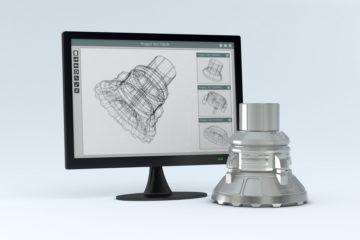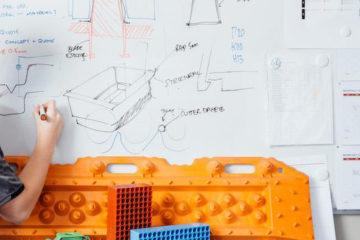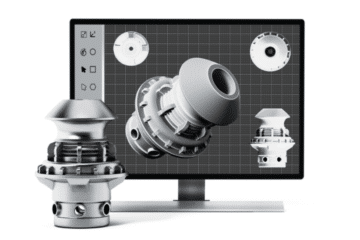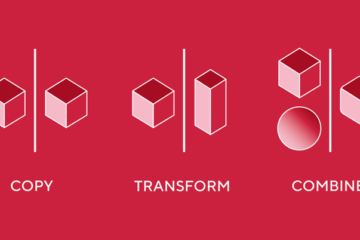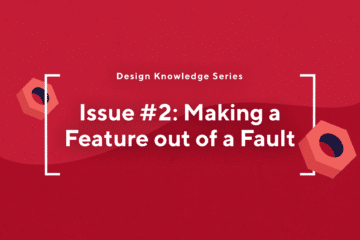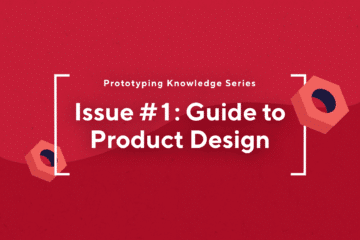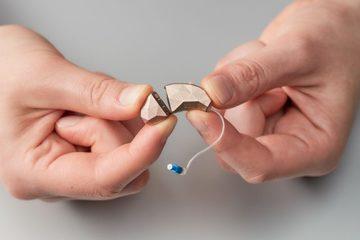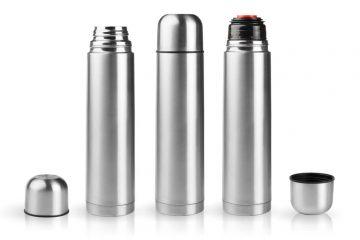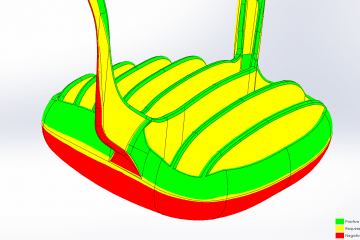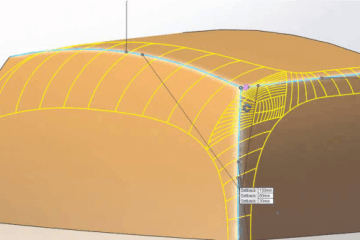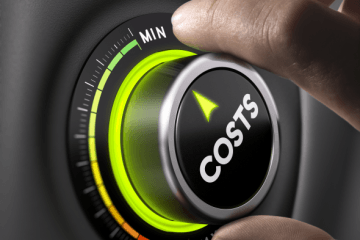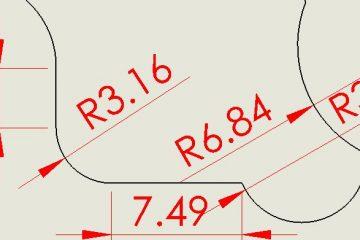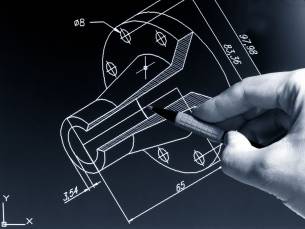
Do you have a great product idea and dream of getting it on the market? While everyone’s business plan and product may look a bit different, there are a few key steps that all product startups should take on their road to launching a product.
1. Market research
As great as your product idea is, if there is not a big enough market for it (or the market is already saturated) then the likelihood of your product being successful is slim.
One of the most common reasons startups fail is because they haven’t addressed a significant problem for a big enough market.
The first thing all startups need to do – even before designing, prototyping and manufacturing – is to define who their product is for and also research what is happening in their intended market.
Ask yourself questions like: What is your total addressable market? What is the profile of your target customer? How will you reach them with marketing? Who is your competition? What is their business model?
2. Product Validation
This is the step when you map out your product and hone the design.
If all you have is a drawing on a piece of paper, find someone who can help turn your concept into an actual product design.
Having CAD drawings will help you to visualise the end product and also see where problems may arise…before you spend any money on getting it produced. If you aren’t an industrial or product designer yourself, then outsource. Find a person or business that has plenty of experience and understands what is needed to make your product manufacturable.
Once you have a solid design, you can turn this into a working prototype.
3. Prototype testing
Not only is it important for you to test your prototypes thoroughly, but it’s a good idea to get a people outside of your company (and family and friends) to test the product as well.
This was you can gauge not only how people unfamiliar with your product will use it, but also get some unbiased feedback before it hits the market.
You could consider creating a free trial or product demo to get as much feedback as possible before the official launch. You also want users to experience it themselves to see how your product or service works.
4. Launch
Once you have a manufactured product that you are happy with, you need to figure out how you will launch it to market.
It’s a good idea to create some buzz before you launch, that way you can start to familiarise your customers with your product. If you decide to offer a free trial or demo in your testing phase, this is a good way to start the buzz early.
You can also launch some advertisements or send mail-outs to people announcing the imminent arrival of your product; you could even offer first-purchase discounts or giveaways to help drive lots of initial sales.
Before launching, you should also secure your online identity, which includes things like your domain name, trademark, social media accounts, etc. That way you can keep your brand identity in check and build an online presence.
5. Continue testing and improving
Your product is on the market and is starting to sell. Your job is done, right?
This train of thought may cost you big time. You put your prototype through rigorous testing in the early phases, but you should also continue seeking feedback after you launch.
Contact your customers and ask for feedback, or send them an online survey to fill out. Did they find it easy to use? Were there any issues with it? Was it value for money? Is there any way they would change it?
Your product is only as good as the people who buy it and if your market slowly realise that your product doesn’t meet expectations or it doesn’t solve the problem it set out to, then you need to continue to hone and improve the design.
Subscribe to Our Newsletter
Get the latest news from Dienamics into your inbox








